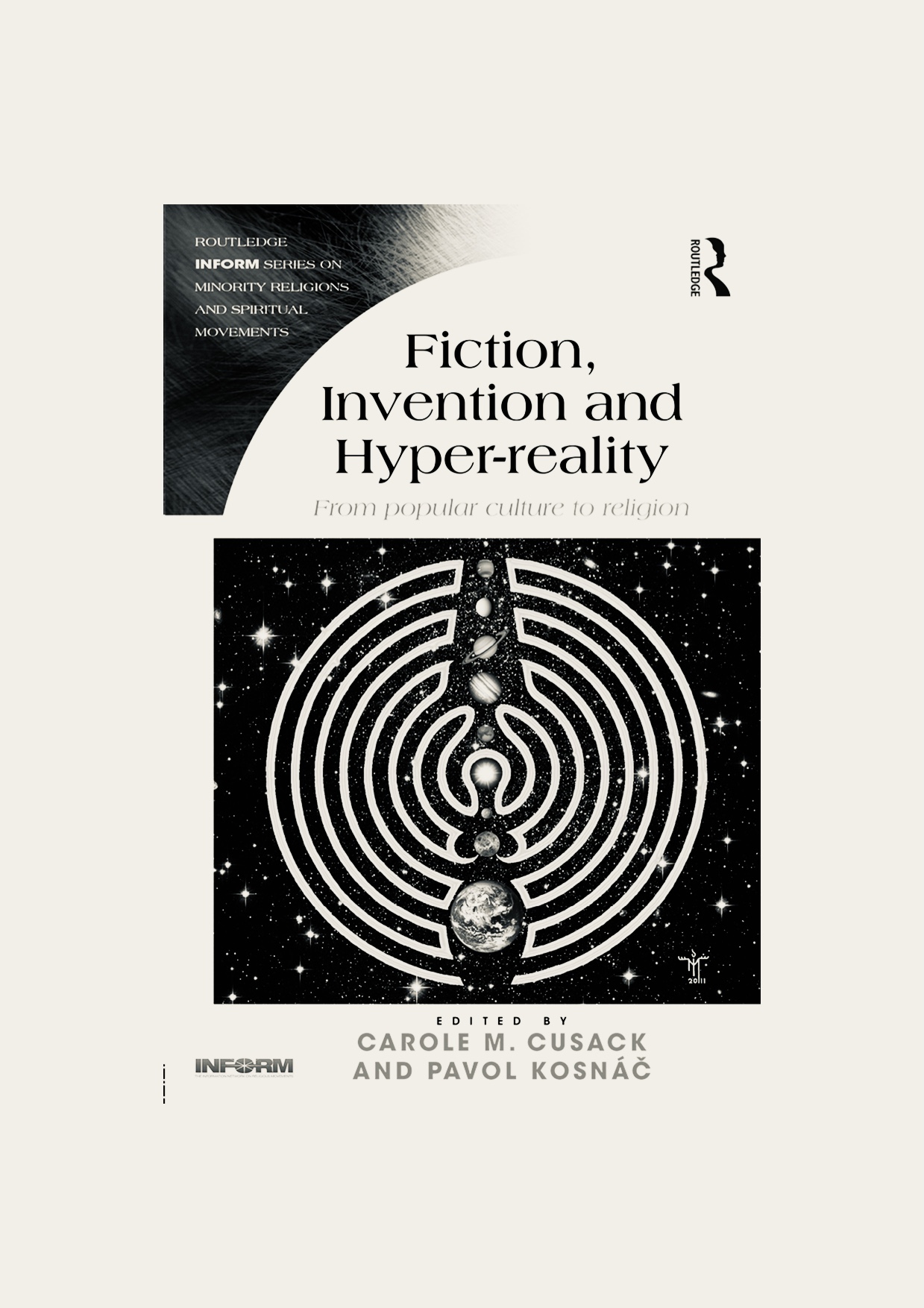Kopimism and Media Devotion
Book chapter, Kirby, D., and Mcintyre, E., “Kopimism and Media Devotion: piracy, activism, art, and critique as religious practice” Fiction, Invention, and Hyper-Reality: From Popular Culture to Religion (Cusack, C. And Kosnáč, P., eds.) New York: Routledge, 2017

The late twentieth and early twenty-first centuries have seen a rise in religions that are heavily entwined with digital media. Indeed, the adoption of media logics into the realms of the religious is staggering in its variety, ranging from the performative spectacles of African Pentecostal megachurches through to the personal internalisation of fictional characters. One new religion, Kopimism, makes this integration of media all the more explicit in its belief that copying and disseminating information is ethically right, and that ‘remixing’ is a sacred act. Kopimism was founded in 2010 by Isak Gerson, has branches in many countries, and is recognised as a religious community by the Swedish government. Like a number of newly-born alternative religions, Kopimism sits somewhat ambiguously between sincerity and satire. Claiming piracy as a sacred duty, Kopimists unequivocally constitute a critical voice against traditional copyright law and in particular its application in digital contexts on an international scale. It would, however, be overly dismissive to assume that public critique is their only goal. Rather, Kopimist thought reflects the entwined influences of political activism, the critique of traditional religiosity, and digital arts practice as they manifest within late modernity.